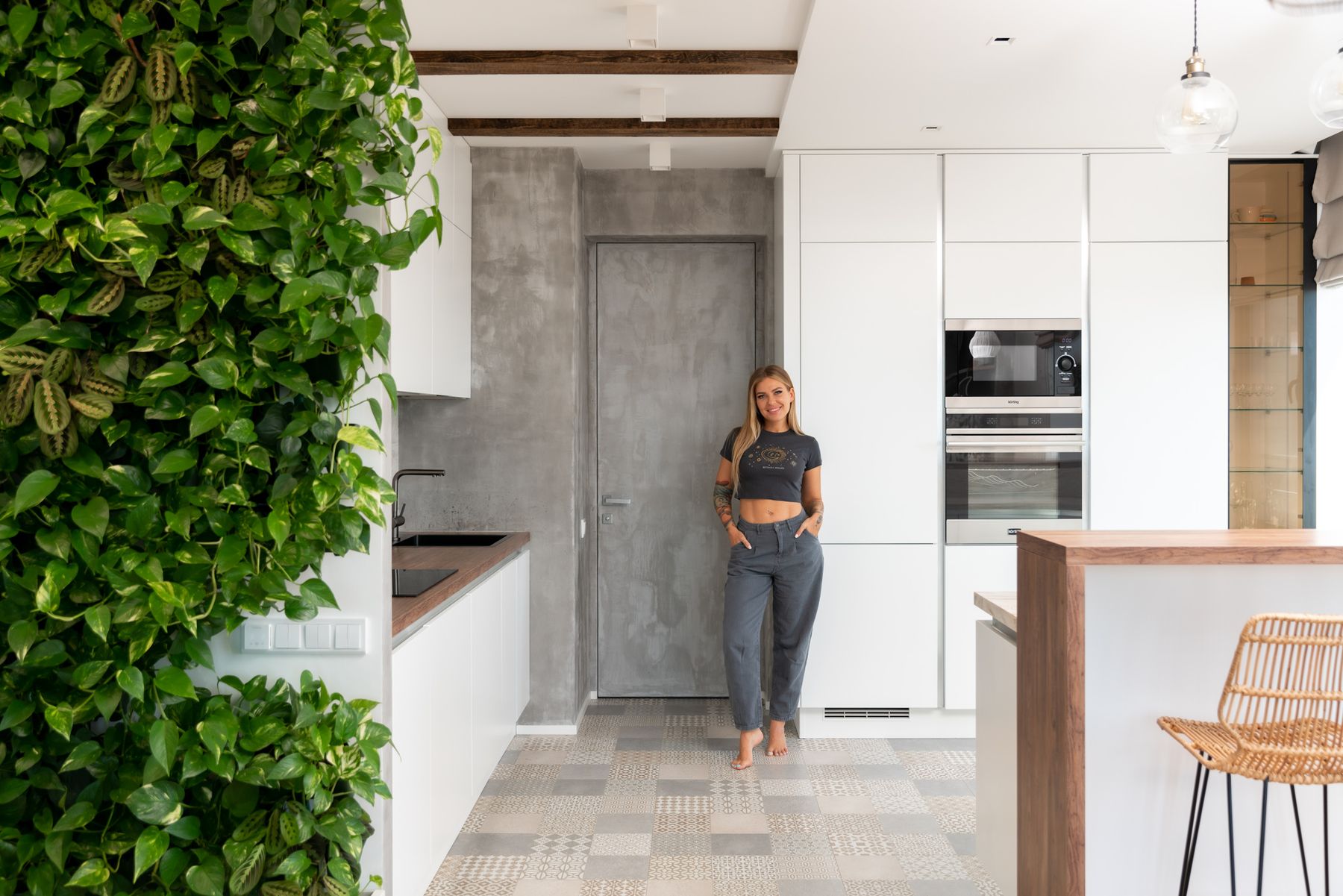
Introduction to the Evolution of Culinary Spaces
The culinary world has always been a dynamic and ever-changing landscape where innovation meets tradition. In recent times, we've witnessed a significant redefinition of culinary spaces. From the classic closed kitchen to open-plan layouts, from formal dining rooms to interactive chef's tables, the spaces where we prepare and consume food have evolved to become experiences in and of themselves. This article explores the transformative trends that are shaping the future of culinary spaces.
The Rise of the Open-Concept Kitchen
Gone are the days when cooking was a hidden activity separate from the social buzz of the home. The open kitchen layout has emerged as one of the most significant developments in modern interior design. This concept favors visibility and engagement, where the boundaries between the chef and the guests are dissolved. Open kitchens promote a gastronomic exhibition, turning meal preparation into a part of the evening's entertainment. This section discusses how open-concept kitchens are promoting a more inclusive and interactive culinary experience.
Technology-Infused Culinary Havens
As technology advances, so do the tools we use to create our meals. Smart appliances, food-recognition technologies, and precision cooking equipment are just a few elements that are making their way into modern kitchens. These innovations offer not just convenience, but the ability to elevate the cooking experience, making it easier for home chefs to achieve restaurant-quality results. This section will look at the gadgets and tech trends that are redefining culinary spaces from a functionality standpoint.
Multi-Functional Culinary Areas
The concept of a dedicated dining room is being replaced with multi-functional spaces where eating, cooking, and socializing all happen. Modular furniture, convertible spaces, and multi-purpose elements redefine what a dining or cooking area can be. This versatility supports our busy, less formal lifestyles while also accommodating the home or professional chef's need for efficiency and adaptability in their culinary workspace. In this section, we explore how these adaptable environments cater to various needs and occasions.
Sustainable and Locally-Sourced Designs
Sustainability is a growing priority in all aspects of life, including the kitchen. Eco-friendly materials, energy-efficient appliances, and a preference for local sourcing are driving changes in how culinary spaces are designed and operated. Aesthetics are now intertwining with ethics, as homeowners and restaurant owners alike seek to minimize their ecological footprint. Here, we delve into how sustainability is driving the design and functionality of new culinary spaces.
The Social Kitchen: Culinary Spaces as Community Hubs
Culinary spaces are no longer just about cooking; they're about community. With the rise of cooking classes, supper clubs, and food-focused social events, kitchens are being designed to accommodate larger groups and facilitate interactions. This shift reflects the role of food in bringing people together and the desire to share not just meals but also the cooking experience. This section examines how culinary spaces are being designed to fulfill our innate need for social connection through the shared love of food.
Conclusion: The Future of Culinary Spaces
As we consider the myriad of ways in which culinary spaces have been reimagined, it becomes clear that the heart of the home is no longer just a place for sustenance—it's a hub of creativity, a center for community, and a showcase for technological innovation. Culinary spaces will continue to evolve, reflecting the changing dynamics of how we live, entertain, and nourish ourselves. The future promises even more exciting developments as culinary spaces adapt to the tastes and technologies of the times.